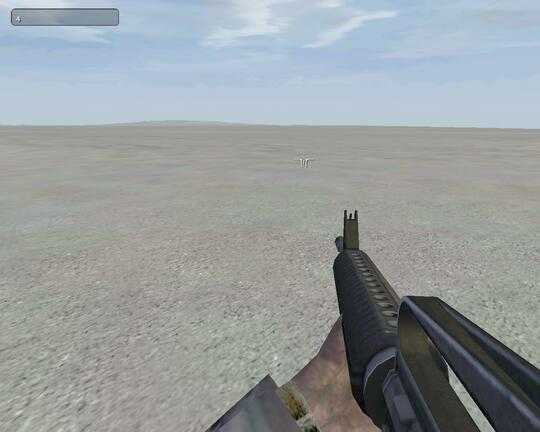PHP7 + JavaScript, 62 61 58 bytes
This was actually more challenging than I expected! I am quite surprised of how long my code is.
eval(['alert((_=prompt())*_)','echo$argv[1]**.5'][+![]]);
How does it work?
This works by selecting the code to run, from the array.
PHP and JavaScript detection is made with +![].
In PHP, [] (empty array) is a falsy value, while in JavaScript it is a truthy value (objects (except null) are always truthy, even new Boolean(false) is truthy!).
But, I need to get it to a numeric value, so, I just use a not (!) and convert it to integer (with the +).
Now, PHP yields the value 1, while JavaScript yields 0.
Placing the code inside an array, at those indexes, will allow us to select the right code for the desired language.
This can be used as [JS,PHP][+![]], to get the code of the right language.
On previous polyglots, I've used '\0'=="\0", which is true in JavaScript (since \0 is parsed as the NULL-byte) and false in PHP (the '\0' won't be parsed as the NULL-byte, comparing the literal string \0 with the NULL-byte).
I'm happy that I've managed to reduce this check to +!'0'.
I'm even more happy about @rckd, which reduced it to the current version!
From there on, it simply evals the code required.
PHP
PHP will execute echo$argv[1]**.5 (equivalent to echo sqrt($argv[1]);, square-root the number), receiving the value from the 2nd argument and displays it in the standard output.
JavaScript
JavaScript executes alert((_=prompt())*_), which displays the squared number in an alert.
Thank you to @rckd for saving 1 byte, and @user59178 for saving 3 bytes!

23+1 as a "Ha!" for all those people who treat C and C++ as the same thing. – DocMax – 2017-04-11T22:19:04.923
How does C interpret this to get n^2? Does
pget set to0? I'm reading it like C++ would and have no idea how C interprets it differently. – CAD97 – 2017-04-12T01:28:04.90720@CAD97: In C,
automeans "allocate on the stack". The keyword is fairly useless because that's the default anyway, so C++ repurposed it to mean something else. In C, though, it doesn't express any opinion about the type ofp(it's a storage class, not a type), so it counts as anintby default (this default-to-intbehaviour is discouraged nowadays, and likely only exists because some of C's predecessors didn't have data types at all, but compilers still understand it). And of course,(int)0.5is 0. – None – 2017-04-12T01:46:20.8472This is brilliant. – Quentin – 2017-04-12T08:23:07.330
How is
sizeof('-')interpreted differently in C and C++? Is'-'anintin C? – YSC – 2017-04-12T08:55:23.263@YSC It does seem like that's the case for C, for C++ it's 1 indeed
– Gizmo – 2017-04-12T09:58:55.2831
Found a Stack Overflow question about it.
– YSC – 2017-04-12T10:47:12.943Been writing C for donkey's years, never seen "auto" before. Awesome. – Wossname – 2017-04-12T13:44:55.423
9I think the explanation for this answer would be improved by editing in @ais523's comment explaining why C produces
n^2. – Brian J – 2017-04-12T14:59:17.357@BrianJ normally I put a full explanation in my answers, but in this case I found so many unexpected differences between the languages that I think it's more interesting for people to look up what's going on for themselves and stumble across some of the others. – Dave – 2017-04-12T18:42:58.567
The repurposing of
autoin C++ was introduced in 2011. For all C++ standards before 2011, the version usingautowould produce the same in both C and C++. Thesizeofversion works for all C and C++ standards. – Peter – 2017-04-14T06:36:00.773What about
#include<math.h> #define f(n) pow(n,sizeof('-')*1.5-1)? It seems to be shorter than both. Or do codegolf rules recommend using functions instead of preprocessor macros? – Sasha – 2017-04-14T14:42:01.1601@Sasha
sizeof('-')*1.5-1wouldn't work unless the machine has a 16-bitint: it gives 5 ifintis 32-bit or 11 ifintis 64-bit. As for using macros rather than functions, you'd have to check meta for confirmation, but I haven't seen it done. – Dave – 2017-04-14T15:07:54.457@Dave, you're right. Then
#include<math.h> #define f(n) pow(n,sizeof('-')>1?2:.5). It's anyway shorter. – Sasha – 2017-04-14T16:43:45.267sizeofdoesn't need parentheses, so the longer version could just besizeof'-'-1?...(or indeed with>), but that's still longer than theautoversion. – hvd – 2017-04-15T20:27:15.123